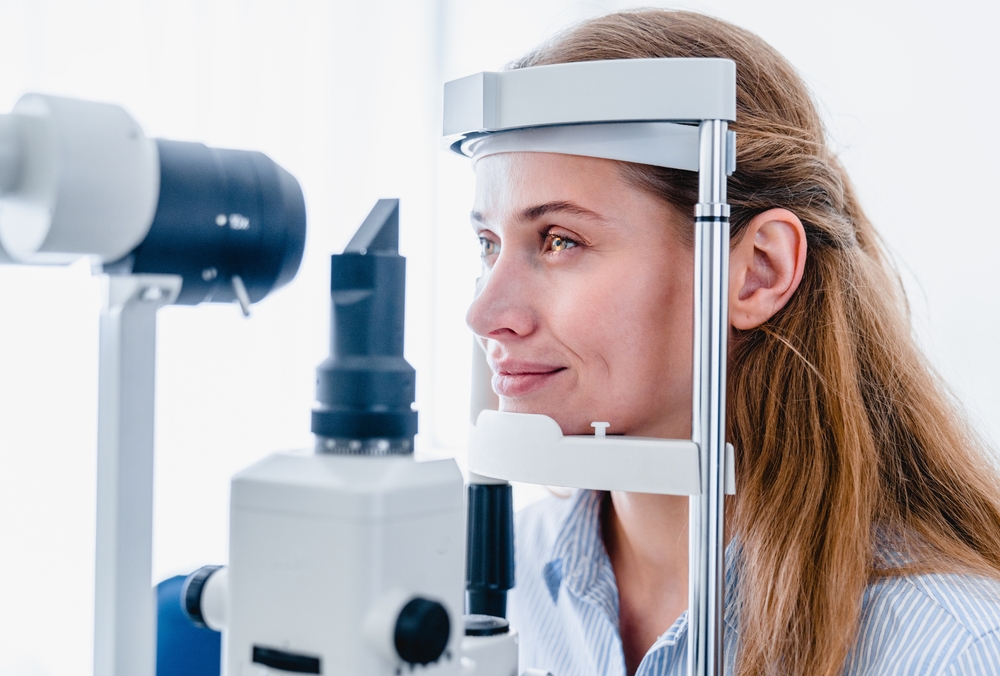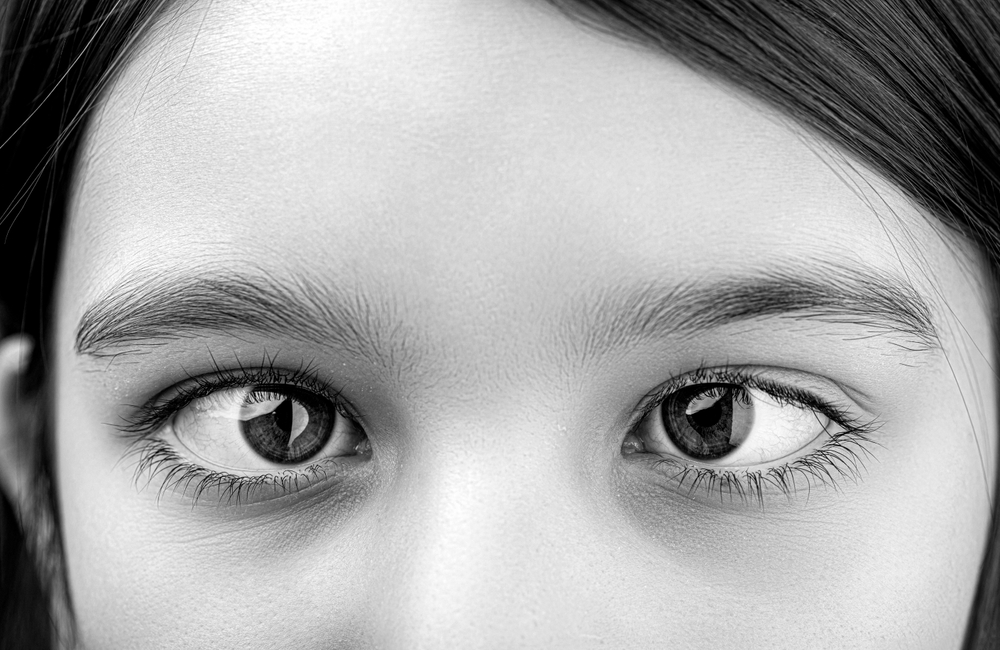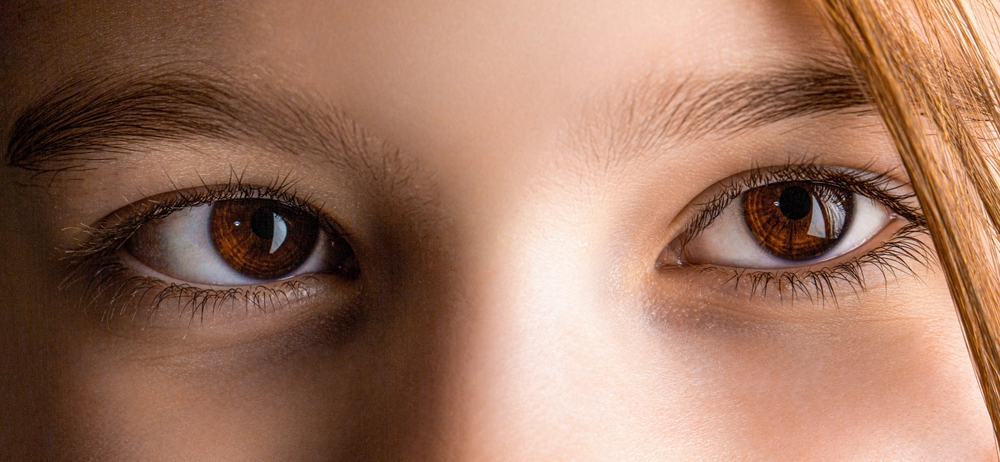
When you spend long hours working on a computer or reading, you may notice your eyes feeling strained or tired. While this is often dismissed as a result of digital eye strain, these symptoms can sometimes signal something deeper.

In today’s digital world, long hours in front of screens have become the norm. Whether for work, school, or leisure, many people experience tired eyes, headaches, and general fatigue after extended computer or phone use.

Many people experience dizziness, unsteadiness, or a sense that the room is spinning - often assuming it’s caused by dehydration, inner ear problems, or low blood sugar. However, these symptoms can also be connected to a less obvious vision condition known as Binocular Vision Dysfunction (BVD).

Binocular Vision Dysfunction (BVD) occurs when your eyes struggle to work together as a team. Even if your vision appears clear, a subtle misalignment between your eyes can cause a wide range of uncomfortable symptoms that may not seem vision-related at first.

For many people, the idea of waking up with clear vision without the need for glasses or daytime contact lenses sounds almost too good to be true. With orthokeratology (Ortho-K) lenses, this is possible. These specially designed lenses gently reshape the cornea while you sleep, allowing you to see clearly during the day without corrective eyewear.

Recovering from a concussion isn’t always straightforward. While headaches, dizziness, and fatigue are well-known symptoms in the days following a head injury, some people continue to experience vision-related issues for months. These persistent symptoms may be due to Binocular Vision Dysfunction (BVD) - a condition where the eyes struggle to work together as a team.

In today’s fast-paced, screen-dominated work environment, many professionals experience unexplained headaches, eye strain, fatigue, or difficulty concentrating. While these symptoms are often brushed off as routine work stress, they could be linked to an underlying visual condition known as Binocular Vision Dysfunction (BVD).

Children rely heavily on their vision to learn, play, and explore the world around them, but when something is not quite right with how their eyes work together, it can have a serious impact on their development. Binocular Vision Dysfunction (BVD) is a common and often overlooked condition in which the eyes are slightly misaligned, making it difficult for them to function as a team.

Binocular Vision Dysfunction (BVD) is a condition that affects how your eyes work together as a team. Even a slight misalignment between the eyes can cause significant strain on the visual system, leading to symptoms that make everyday life more difficult. From reading and driving to working on a computer or spending time in crowded environments, BVD can interfere with many aspects of daily living.

Binocular Vision Dysfunction (BVD) is a condition that occurs when the eyes struggle to work together as a team, leading to subtle misalignments that the brain has to compensate for. While the effects of BVD are often associated with symptoms like eye strain, blurred vision, or difficulty reading, many people are surprised to learn that BVD can also be closely related to other health conditions.







